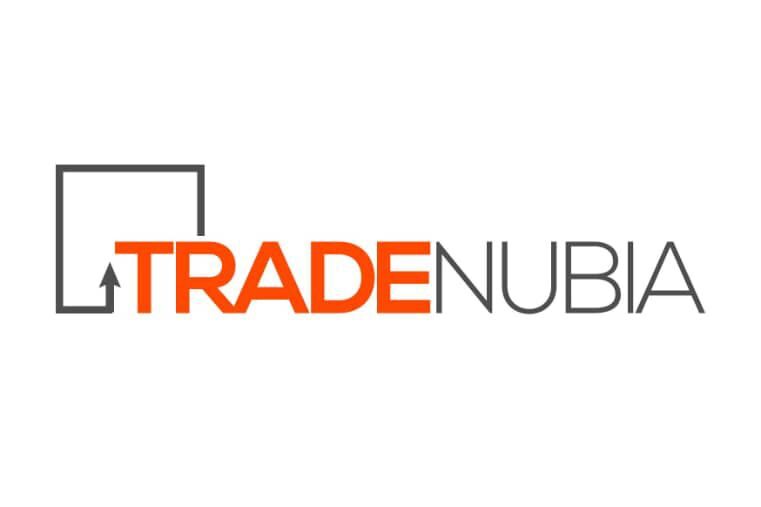🧈 What is Shea Butter?
Shea butter is a creamy, fat-rich substance extracted from the nuts of the Vitellaria paradoxa tree, native to sub-Saharan Africa. Often referred to as “women’s gold” due to the central role women play in its production, shea butter is a prized ingredient in beauty, food, and pharmaceutical products around the world.
🏡 Cottage Uses of Shea Butter
In rural African communities, particularly across Ghana, Nigeria, Mali, and Burkina Faso, shea butter production is still largely artisanal. The methods—passed down for generations—involve roasting, grinding, and boiling shea nuts to extract the raw butter.
Key uses in the cottage industry include:
- Skincare & Haircare: Shea butter is prized as a natural moisturizer, known to soothe eczema, dermatitis, and dry skin.
- Traditional Medicine: It’s used to treat minor wounds, burns, muscle aches, and insect bites.
- Cooking Fat: In some regions, shea butter is a preferred fat for frying and preparing stews.
Economic Impact: This local industry supports millions of African women, offering income and financial autonomy through cooperatives and direct trade.
🏭 Industrial Applications of Shea Butter
As the global appetite for natural products grows, shea butter has transitioned into a major export commodity. The industrial shea butter market—expected to surpass $3 billion by 2028—touches multiple sectors.
💄 1. Cosmetics & Personal Care
Shea butter is a luxury emollient used in:
- Lotions, creams, and balms
- Lipsticks and hair masks
- Anti-aging and sun care formulations
Why? It contains oleic and stearic acids, as well as vitamins A, E, and F, which nourish and protect the skin.
🍫 2. Food Industry
In food manufacturing, refined shea butter is often used as a Cocoa Butter Equivalent (CBE) in chocolates and confectioneries due to its similar melting point and texture.
⚠️ Note: This use is regulated under Codex Alimentarius standards to ensure safety and quality.
💊 3. Pharmaceuticals
In medicinal formulations, shea butter acts as:
- A carrier for active ingredients in topical creams
- A soothing base in dermatological ointments
🌱 Benefits & Sustainability of Shea Butter
Besides its versatility, shea butter is celebrated for being sustainable, ethical, and climate-resilient.
✅ Health & Cosmetic Benefits
- Moisturizing: Deep hydration without clogging pores
- Healing: Contains anti-inflammatory compounds like cinnamic acid
- Anti-aging: Promotes collagen production
🌍 Environmental Impact
- Sustainable Harvesting: Shea trees thrive in dry climates and do not require synthetic inputs.
- Agroforestry: Shea parklands support biodiversity and help combat desertification.
- Carbon Sequestration: Mature shea trees contribute to carbon capture in arid zones.
✍️ Final Thoughts
From rural village kitchens to global beauty counters, shea butter bridges traditional wisdom with modern innovation. As demand for clean, ethical, and natural products continues to rise, the importance of sustainable shea production—and the communities behind it—cannot be overstated.
Ready to explore other natural products like moringa or baobab oil? Stay tuned to the blog for our next article in the series.
📚 References
- Alander, J., & Andersson, A. C. (2002). Shea butter – a skin savior from nature. Cosmetics & Toiletries, 117(11), 63–68.
- Boateng, J. S., & Ansong, G. (2021). Topical drug delivery using natural lipids: Focus on shea butter. Journal of Pharmaceutical Sciences, 110(3), 1010–1020.
- FAO/WHO. (2011). Standard for Cocoa Butter Equivalents in Chocolate (CODEX STAN 280-1973)
- Lemmens, R. H. M. J., et al. (2012). Plant Resources of Tropical Africa 14: Vegetable Oils. PROTA Foundation.
- Lovett, P. (2004). The Shea Butter Value Chain: Production, Transformation and Marketing in West Africa.
- Maranz, S., et al. (2004). Germplasm resources of Vitellaria paradoxa in Mali. Journal of Agricultural and Food Chemistry, 52(19), 6143–6155.
- Market Research Future. (2023). Global Shea Butter Market Forecast Report.


Leave a Reply to samuel Cancel reply